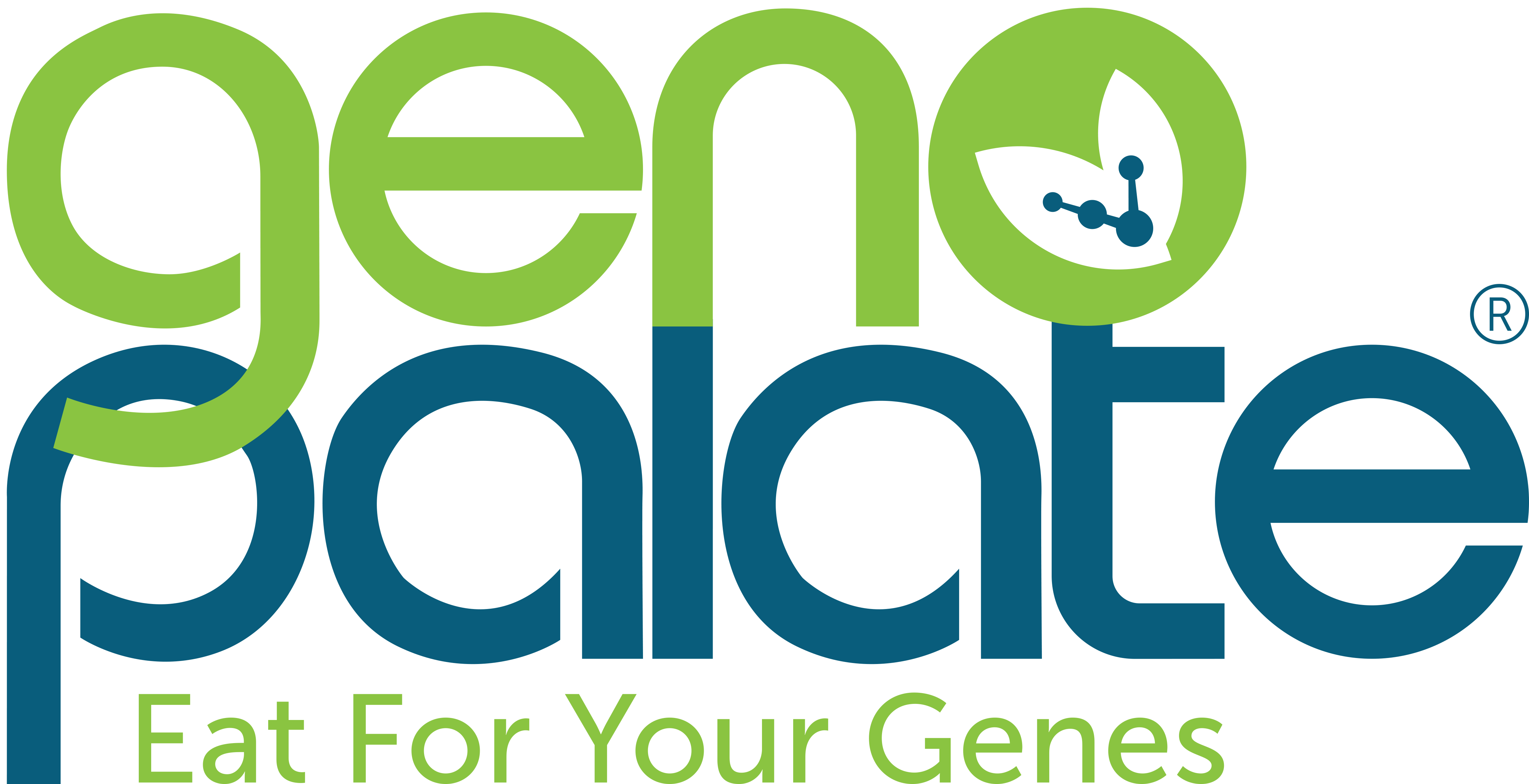- About three-fourths of the U.S. population has an eating pattern that is low in vegetables, fruits, dairy and oils.
- More than half of the U.S. population is meeting or exceeding total grain and total protein recommendations, but not consuming the best sources of these food groups.
- Most Americans exceed recommendations for added sugars, saturated fats and sodium.
- More than two-thirds of all adults and nearly one-third of all children and youth in the United States are eating too many calories and are either overweight or obese.
What is the cause of these concerning statistics?
A reliance on the convenience of the Standard American Diet (SAD) is causing these outcomes. We hope you’re not part of these stats and are here to help you beat the odds!
SAD consists primarily of processed foods including refined cereals, refined sugars, refined vegetable oils, fatty meats and salt. It falls short of foods in their whole, natural state such as vegetables, fruits, lean proteins, whole grains, legumes, and nuts and seeds.
According to The American Journal of Clinical Nutrition, SAD is responsible for driving up the rates of chronic diseases such as high blood pressure, diabetes and obesity. These diseases typically afflict 50-65 percent of the adult population—making them the single largest cause of death in the United States. [2]
Scientists, and those in the health care profession, tend to cite a single food type as the main cause of each chronic disease (i.e. saturated fat causes heart disease and salt causes high blood pressure). However, evidence gathered over the past 30 years indicates that virtually all “diseases of civilization” are caused by a number of dietary factors, combined with our environment and our genes. [2]
In comparison, chronic diseases are rare or nonexistent in hunter-gatherer communities and among other less Westernized people. [2]
Take for example, the inhabitants of the five Blue Zones which are home to some of the oldest—and healthiest people in the world. While spread all over the globe, members of these communities live in a way that emphasizes community, the importance of mental health and exercise, and a diet free from processed foods.
Small changes to our food choices can make a big difference
Making changes to the way we eat can be confusing, overwhelming and downright frustrating.
That’s why it’s important to stay focused on progress over perfection. Every food choice is an opportunity to make a choice that, over the long term, is better for our bodies.
Here are simple ideas to help you start making lasting changes:
Focus on whole foods
Your personalized food list will rank the best fruits, vegetables, whole grains, lean proteins, nuts, seeds and legumes for your body.
Be sure to incorporate as many of these sources into your meal planning since no one food will meet all of your daily nutritional needs. It can be fun to try new recipes or change up your favorites based on your food list and on the food groups you may need more of.
Make personal health a priority
There is no way around it. Make time to meal plan, grocery shop and cook all of your meals—including lunch!
Setting time aside each week to cook in batches is a real time saver. Simply fire up the oven over the course of an afternoon to roast vegetables and proteins while a big pot of soup or stew simmers on the stove.
Knowing you have options in the fridge that require a quick re-heat, and virtually no clean up, can eliminate the temptation to pick up a pizza after a long day at work.
Shop the perimeter
Running into the store to pick up something for dinner?
One of the easiest ways to avoid the temptation of processed foods, which are staples of the SAD diet, is to shop the perimeter. With your personalized food list in hand, select the whole food options from the produce, meat, and dairy sections that have been identified as the best sources for your unique set of genes.
Be prepared when on the go
When fast food is the only option, select a chain that offers full-portion, fresh salads and add in a protein. Avoid fried foods or sugary beverages. Instead, order the side of sliced fruit. If your body has an easier time metabolizing caffeine, opt for the unsweetened iced tea. If not, go for the bottle of water.
Also, as tempting and affordable as they may seem, stay away from buffets and all-you-can-eat specials! These make it very easy to overeat.
Eat mindfully
According to the U.S. Department of Agriculture, we spend on average two-and-a-half hours a day eating. Many of us are eating while we’re working, driving, streaming or on our phones. When we’re multi-tasking, we're not fully aware of what we're eating, and the amount of calories we’re consuming. This trend of mindless eating may be contributing to the national obesity epidemic and other health issues. [3]
At your next meal, challenge yourself to be fully present. Turn off all electronics and really try to chew and taste your food. You may find that your feel fuller, faster. And if you are sharing a meal with someone, you may enjoy a more engaging conversation!
Our food and our family tree
In addition to our food choices, our genes also impact our health. It’s important to consider both your food choices, and your family tree, when making changes to your eating patterns.
Our science can provide you with both pieces of this nutrition equation. Click here to take a look at a sample personalized nutrition report and food list.
Sources:
1. Health.gov, Current Eating Patterns in the United States
2. The American Journal of Clinical Nutrition, Origins and evolution of the Western diet: health implications for the 21st century
3. Harvard Health Publishing/Harvard Medical School, “8 steps to mindful eating”





